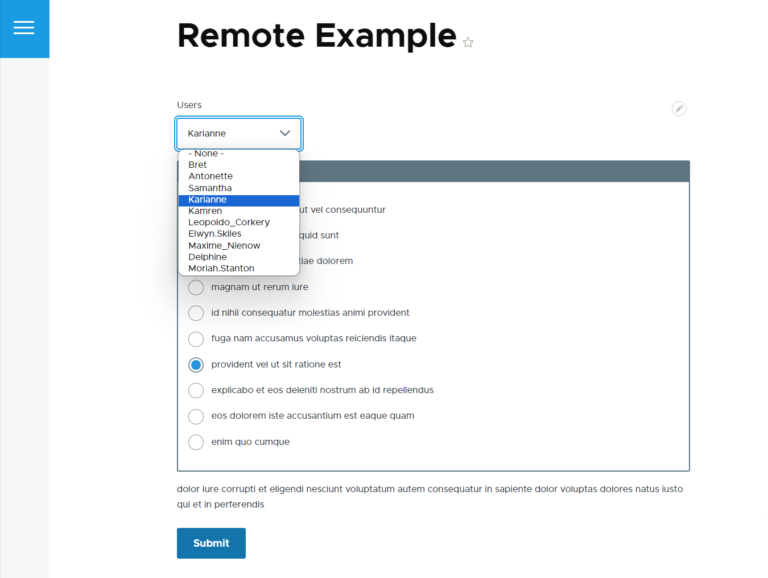
A notable response from within the industry was Google’s decision to eliminate data transfer fees for customers leaving Google Cloud. This move not only enhances Google’s competitive stance but also signals a shift towards prioritizing customer needs and data mobility over rigid pricing structures.
The Disparity in Data Ingress and Egress Costs
The high costs, particularly regarding data egress fees, present a significant financial challenge for businesses leveraging cloud services for their operations. For instance, major cloud providers like Amazon Web Services (AWS), Microsoft Azure, and Google Cloud Platform (GCP) have structured pricing models that can include substantial charges for data transfer out of their networks.
Cloud computing’s economic landscape reveals a stark discrepancy between the costs of data ingress (uploading) and egress (downloading). While uploading data to cloud services typically incurs no fees, downloading data can be costly. This imbalance creates a financial deterrent against switching providers, thereby impeding competition and innovation.
AWS has followed suit. They have also announced the waiving of data transfer out to the internet (DTO) charges for customers that wish to move out of AWS. This move supports the direction outlined by the European Data Act which has instituted new rules for fair and innovative data economy, including the rights to access and use data generated in the EU across economic sectors and strives to make it easier to share data.
Industry and Regulatory Responses
According to Gartner, the average cost of transferring a terabyte (TB) of data out of a cloud provider to the internet can range from to 0, with prices varying based on the region and the volume of data. This pricing model can dramatically increase operational costs for organizations that depend heavily on cloud resources for data storage, analytics, and other computational tasks. For businesses operating at scale, moving several petabytes of data monthly, these costs can accumulate to tens of thousands of dollars, impacting their bottom line and forcing them to reconsider their cloud strategy and data management practices.
The cloud computing landscape is poised for transformation as providers increasingly recognize the importance of fair pricing and data mobility in maintaining competitiveness and meeting customer demands. This evolution will likely result in greater flexibility for businesses in managing their IT resources, facilitating more strategic and efficient use of cloud services.
The industry and regulatory bodies have not been silent on this issue. The UK’s Competition and Markets Authority (CMA) has scrutinized such practices for potentially stifling competition. Meanwhile, initiatives like the Cloudflare Bandwidth Alliance aim to reduce or eliminate data transfer fees among cloud and networking services to encourage data mobility.
Addressing the imbalanced cost structures in cloud data management is crucial for fostering a competitive environment where technological innovation can flourish. By prioritizing customer needs and enabling easier data mobility, the IT industry can unlock new potentials in cloud technology, driving innovation and growth on a global scale.
Embracing the Value of Data Freedom in the Cloud
Data freedom in the cloud represents a pivotal factor in ensuring an innovative, efficient, and competitive market. The ability to seamlessly move data across various cloud platforms without incurring prohibitive costs is essential for businesses striving to optimize their operations and leverage the best technological solutions available. When put into practice, data freedom can deliver the following important benefits:
- Enable Strategic Flexibility and Innovation: Data freedom allows organizations to strategically choose cloud services that best meet their needs without being constrained by data egress fees. A survey by Flexera on cloud computing trends revealed that 93% of enterprises have a multi-cloud strategy, underscoring the importance of flexibility in cloud service usage. However, the ability to implement this strategy effectively is hampered by high data transfer costs, limiting the potential for innovation. By promoting data freedom, companies can more readily adopt a multi-cloud approach, thereby enhancing their ability to innovate and stay competitive.
- Reduce Operational Costs: The financial implications of data transfer fees can be staggering. As highlighted earlier, transferring large volumes of data out of a cloud provider’s network can cost tens of thousands of dollars, significantly affecting a company’s bottom line. Data freedom, by eliminating or substantially reducing these costs, can lead to significant operational savings. According to a report by the Data Center Frontier, organizations could save up to 70% on their cloud computing expenses by leveraging data freedom to optimize their cloud resource utilization.
- Encourage Competition and Consumer Benefit: Data freedom plays a crucial role in fostering a competitive cloud market. When businesses are free to move their data without financial penalty, cloud providers are motivated to improve their services and pricing models to retain and attract customers. This competition benefits consumers through more innovative solutions and cost-effective pricing structures. A study by the Cloud Computing Association found that markets with higher levels of data mobility saw a 15% increase in service innovation and a 20% reduction in average costs for cloud services.
- Support Compliance and Data Sovereignty: In an era where data privacy regulations and data sovereignty are increasingly important, data freedom ensures that organizations can comply with legal requirements more efficiently. The ability to freely move data across borders or to different providers also requires managed controls to enable companies to adhere to regulations such as the General Data Protection Regulation (GDPR) in the European Union or the California Consumer Privacy Act (CCPA) in the United States, which limits moving certain data between jurisdictions. This managed flexibility is crucial for global businesses that must navigate a complex landscape of data protection laws.
- Enhance Disaster Recovery and Business Continuity: Data freedom also enhances disaster recovery and business continuity planning. By enabling organizations to replicate or move data across multiple cloud environments without incurring prohibitive costs, businesses can ensure greater resilience against data loss or downtime. A report by the International Data Corporation (IDC) highlighted that companies leveraging multi-cloud strategies for data redundancy saw a 40% improvement in recovery time objectives (RTOs) and a 60% reduction in data loss incidents.
Moving Towards an Innovative Cloud Future
Competition is the engine of progress, driving innovation, technological advancement, and consumer-friendly pricing. This is particularly true in cloud computing, a sector marked by intense rivalry among providers keen to dominate the market through a broad spectrum of services. Yet, lurking beneath this competitive veneer is a significant challenge: the imbalanced costs of cloud data management, which can influence market dynamics and technological evolution.
By Paul Scott-Murphy
Companies like Cirata advocate for this “data freedom,” emphasizing the necessity for seamless data transfer across platforms to foster innovation and efficiency. This approach suggests that unrestricted data mobility is crucial for leveraging the full capabilities of cloud technology, thereby supporting technological advancement and organizational growth.





